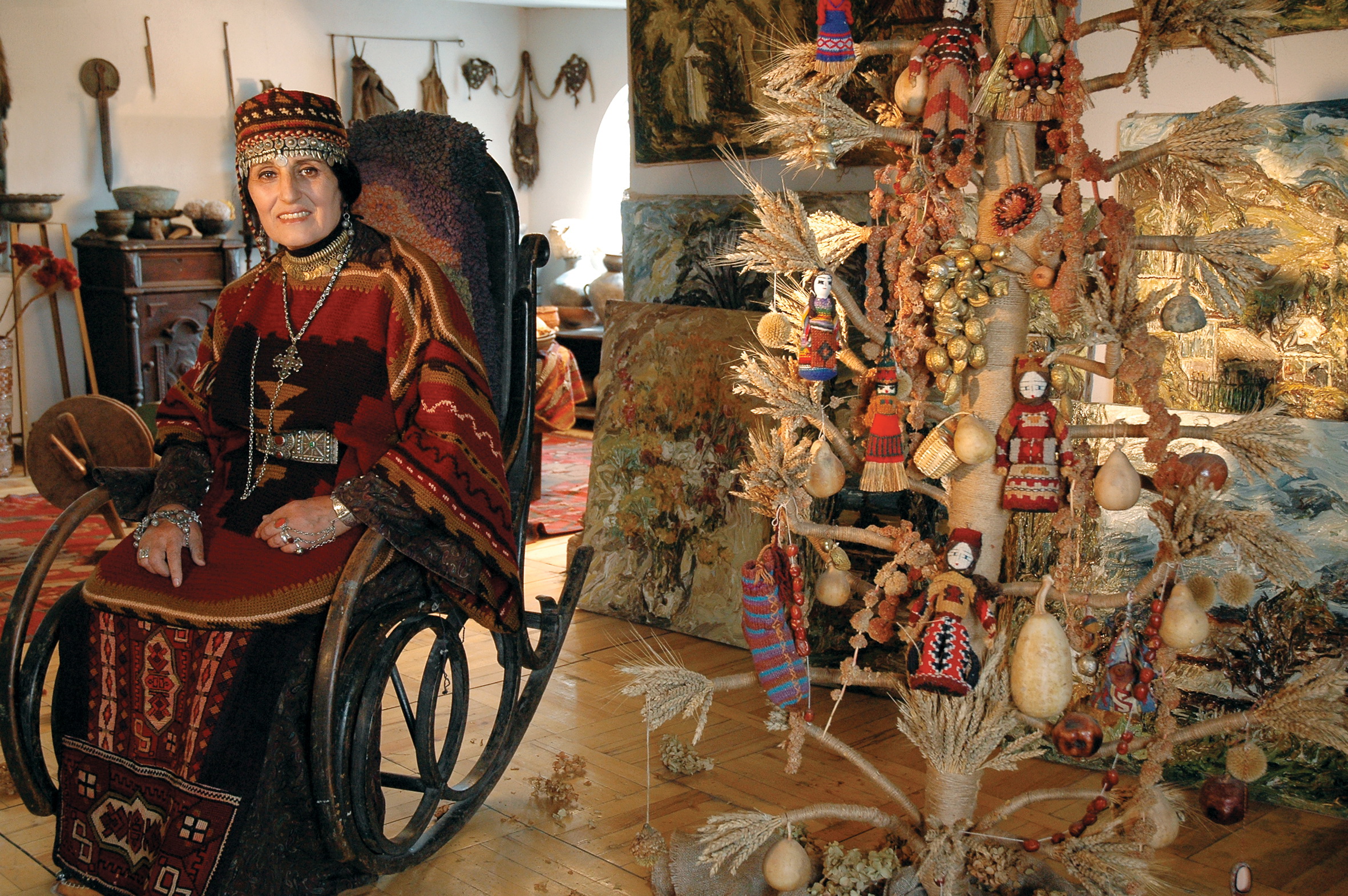The torn rug was restored as a testimony of the reunion of two Armenian sisters who survived the Genocide
The "Vahanagorg" rug, a century-and-a-half-old artifact from Western Armenia, has a unique history. During the Armenian Genocide, a period when Armenians were forced to flee their homes, the rug was separated into two parts. Its significance lies in the fact
An Armenian manuscript peculiar with its abundance of playful dragon figures
The Hill Museum & Manuscript Library, located in Minnesota, has recently released digitalized pages of an Armenian manuscript that showcases a variety of decorative initials and border images. This manuscript, which is both handwritten and illustrated, is accompanied by an
The allegory of Armenia in the 16th-century English panel as an embodiment of female courage and dignity
Lambert Bernardi (c.1485–1567) was an English Renaissance painter who created a series of allegorical portraits that came to be known as the Amberley Panels. These panels, measuring 155 by 86 centimeters each, comprising eight extant oak wood panels painted in
An Armenian sitter as a “philosopher” in a Dutch Golden Age painting
The official website of the Royal Collection Trust, which represents the British royal family's collection, proudly showcases a Dutch Baroque School oil painting. Previously entitled "Astrologer" and misattributed to Rembrandt, the painting has been rightfully credited to the brush of
Armenia will exhibit the bronze statue of Goddess Anahit for the first time
The Tourism Committee of Armenia has recently made a momentous announcement: the statue of Goddess Anahit, a prominent character from Armenian mythology, will be put on display in Armenia for the first time. This exhibition, scheduled for September 2024, is
Celebrating the 100th anniversary of one of the world cinema giants- Sergei Parajanov
The hundredth anniversary of Sergei Parajanov - born Sarkis Hovsepi Parajaniants, a prominent cultural icon of the South Caucasus region, is celebrated today. Parajanov was born to artistically gifted Armenian parents on January 9th, 1924, in Tbilisi, Georgia. He had
Sahak Sahakyan: the master who opened up new horizons for Armenian folk art
Sahak Sahakyan (1929-2010), an artist of Armenian descent, is widely regarded as one of the most celebrated figures of his time. Born in Stepanavan in 1929, Sahakyan hails from a family originally from Mush, Western Armenia. His great-grandfather was known
A silver pectoral from the Armenian kingdom of Urartu – a gem of the Oriental collection of the Miho Museum, Japan
The Miho Museum, located in Kyoto, Japan, hosts a collection of remarkable artifacts from the Urartian culture. Among them is the Urartian silver pectoral, featuring repoussé decoration, which dates back to the 8th-7th century B.C.E. This crescent-shaped silver pectoral is
The accordion was invented by an Armenian organ and piano maker
The history of the accordion has been the subject of much debate among researchers. While some historians credit Christian Friedrich Ludwig Buschmann with its invention, most attribute it to Cyrill Demian, an Armenian living in Vienna. In 1829, Demian patented
Lusik Aguletsi- the true embodiment of Armenian folk art
Lusik Aguletsi was a remarkable woman and a true embodiment of Armenian heritage. During the cosmopolitan era of Soviet Armenia, she remained a staunch defender of traditional Armenian values, standing above any ideology. With her unique style, she amazed the






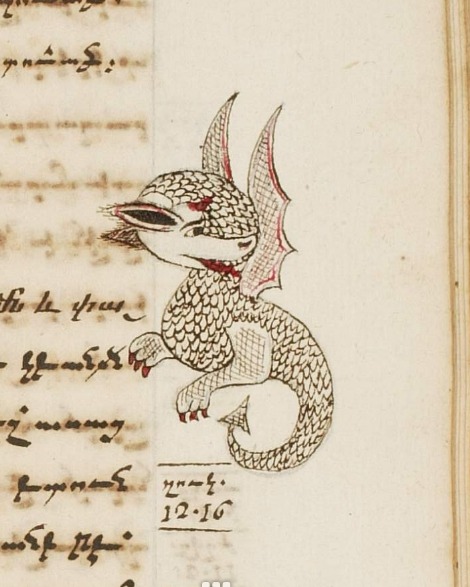
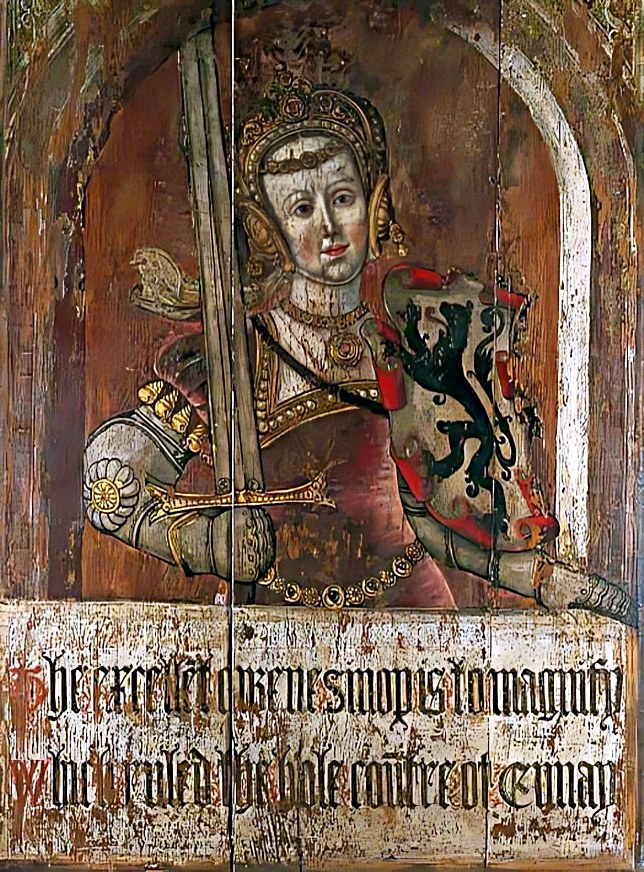

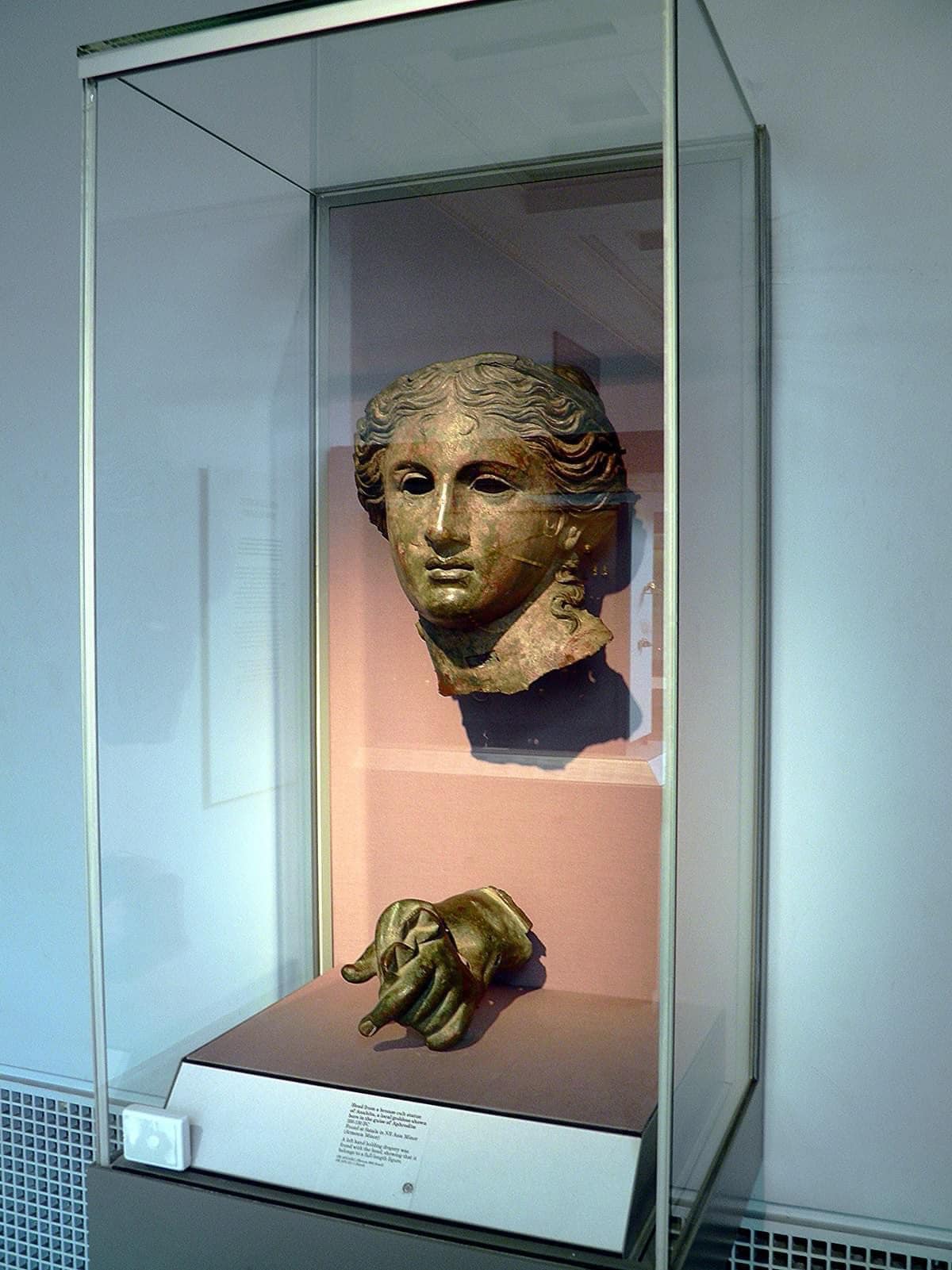
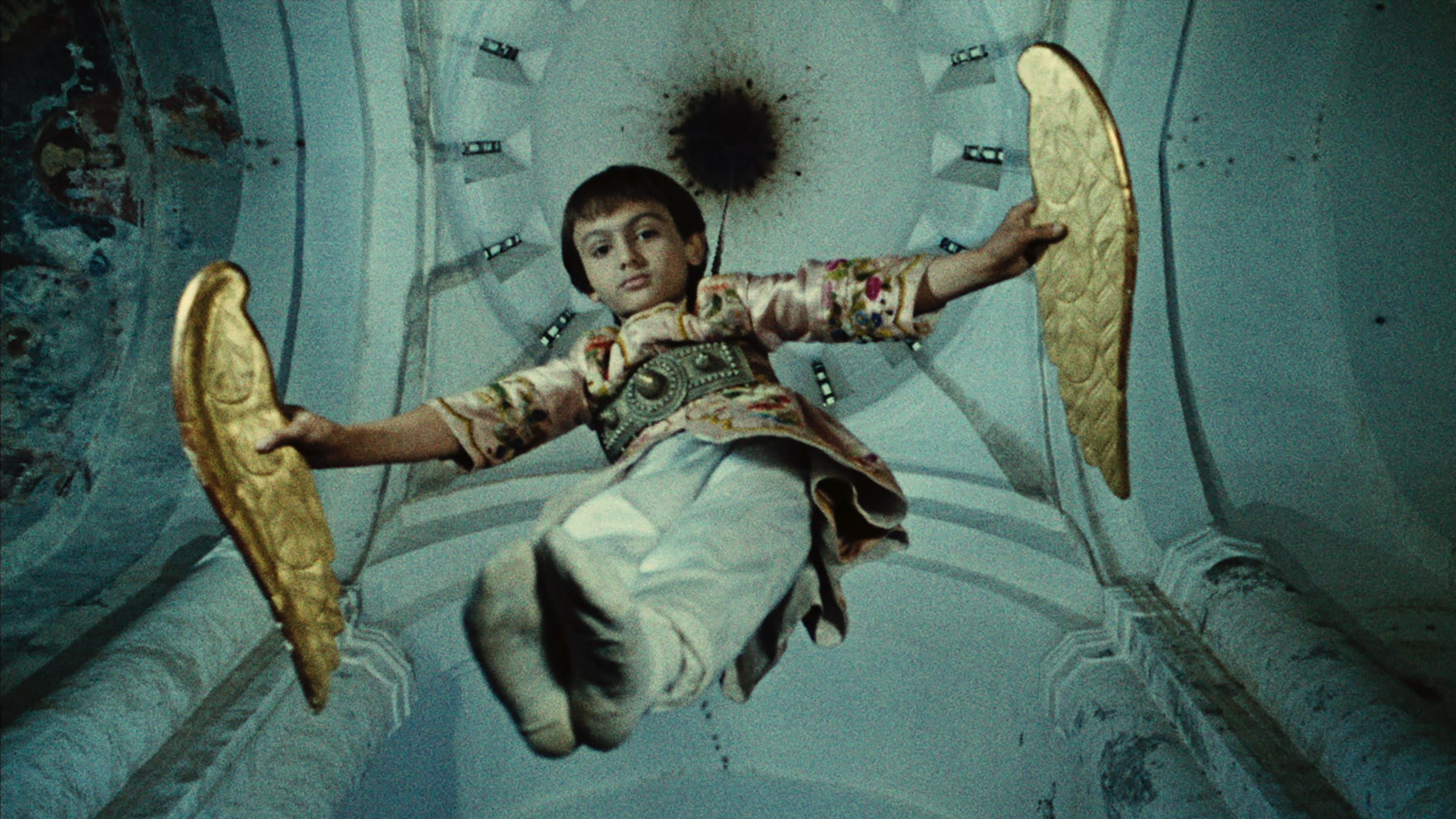
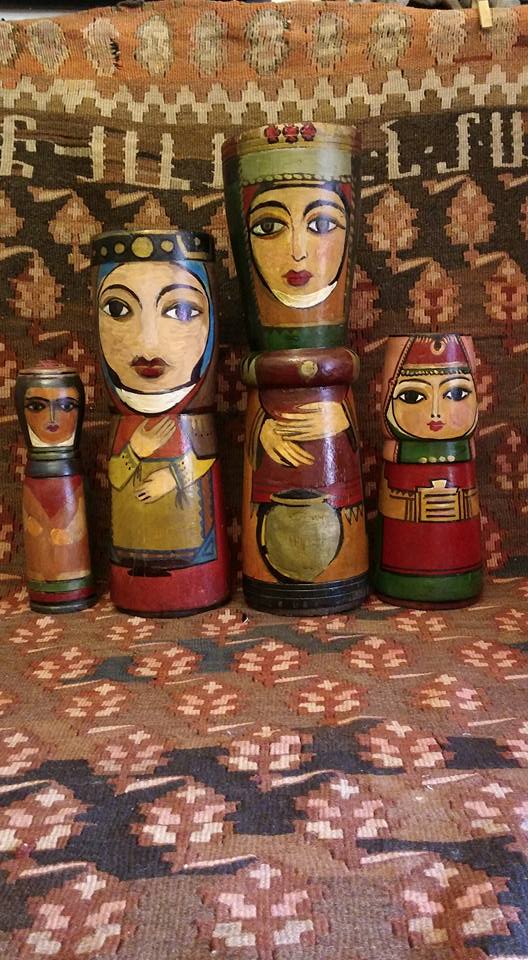
-of-the-Kyoto-City-Japan-keeps-a-feminine-silver-necklace-of-unique-beauty-from-the-Վանի-թագավորություն-Kingdom-of-Van-Kingdom-of-Ararat-Urartu.jpg)

